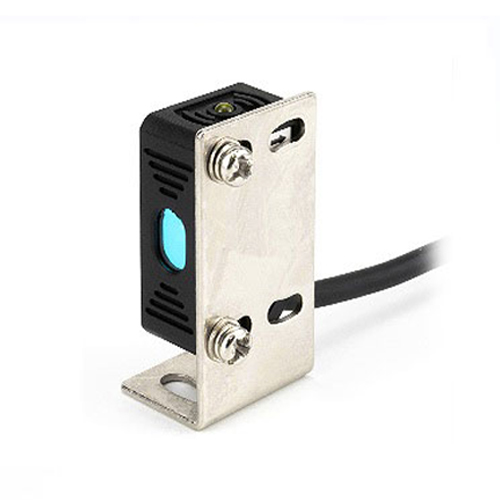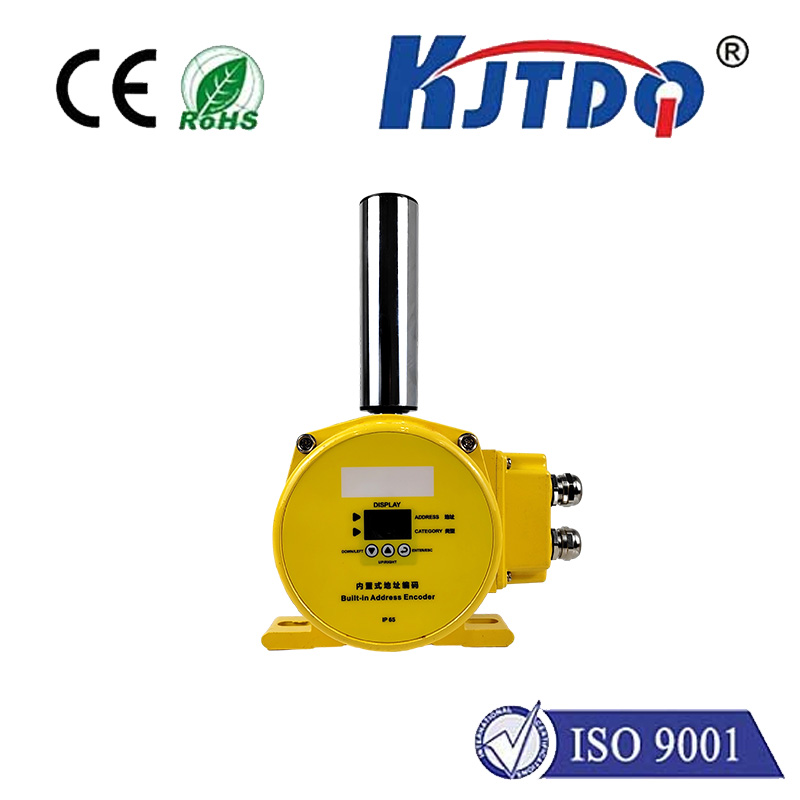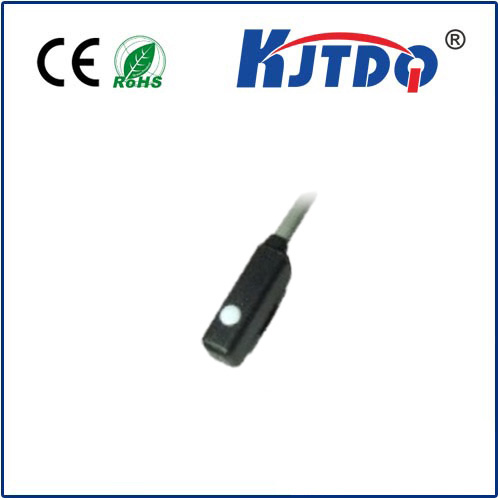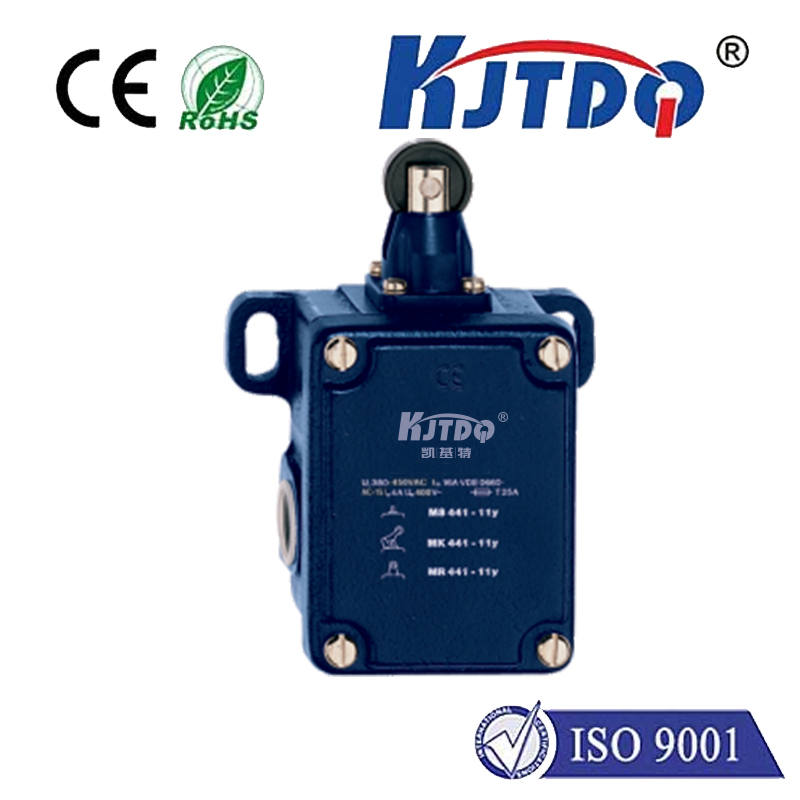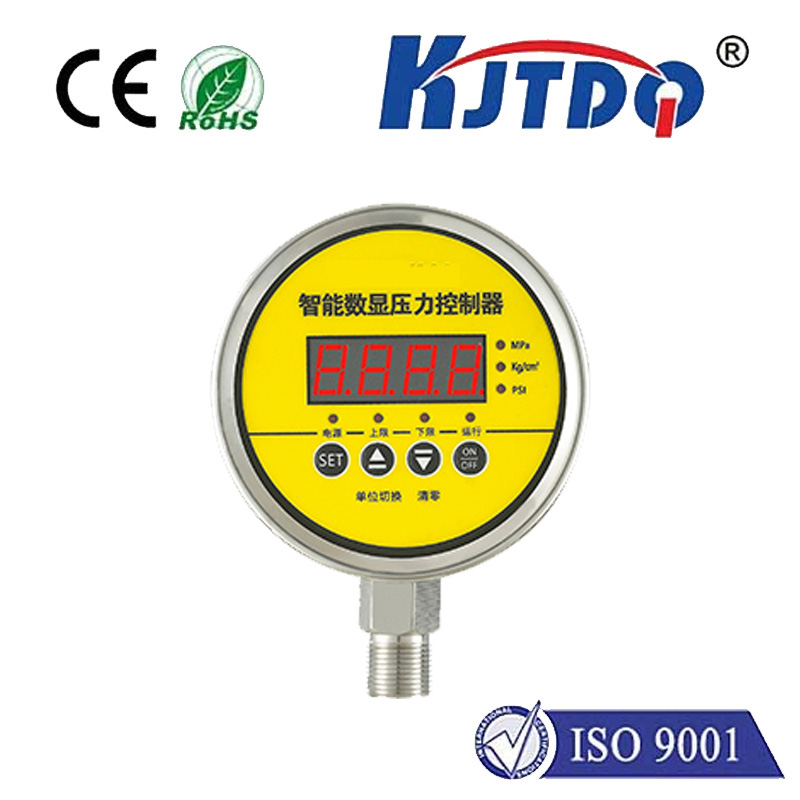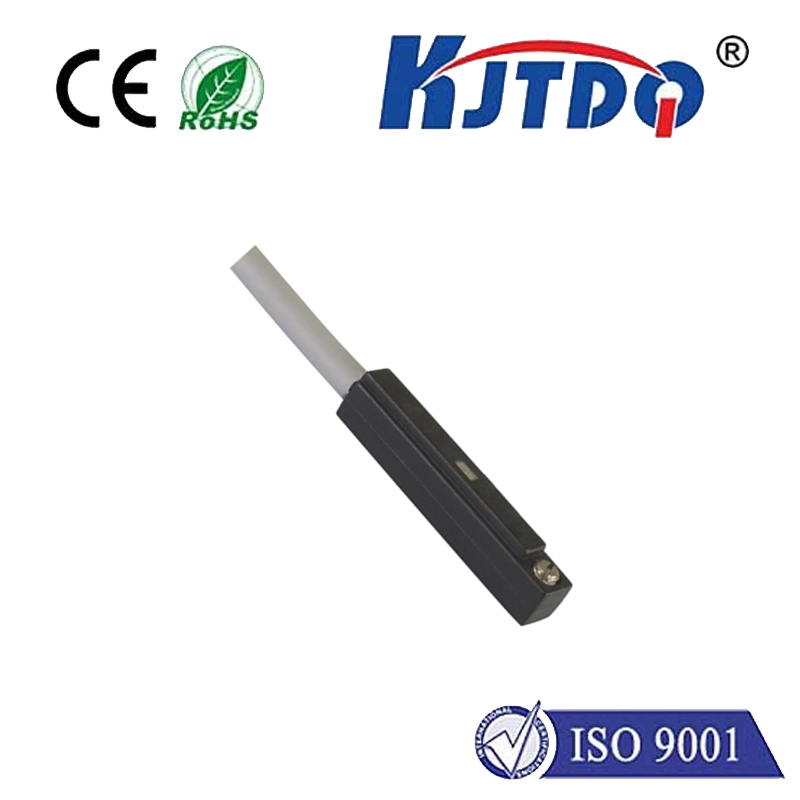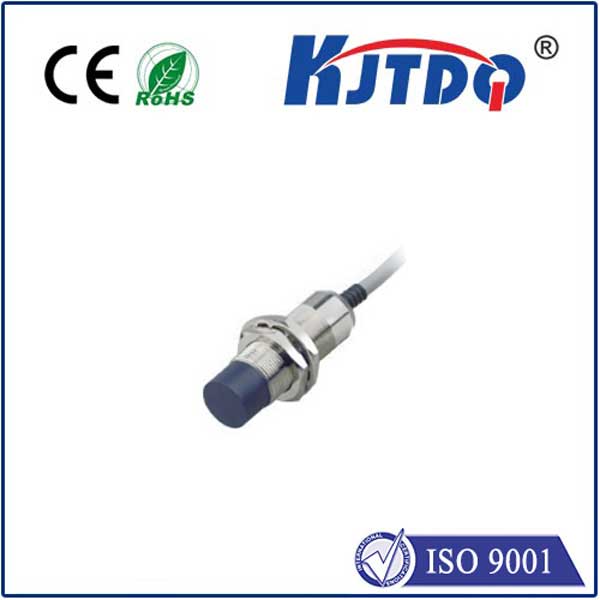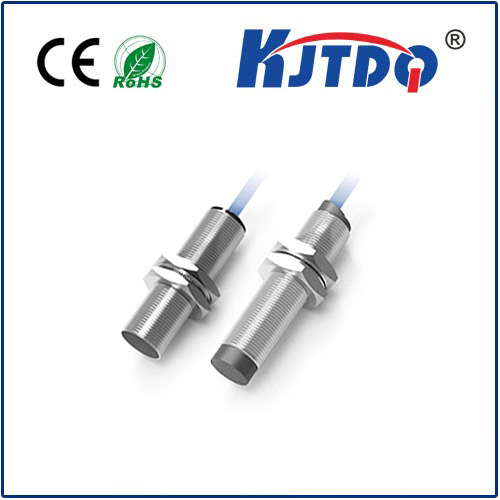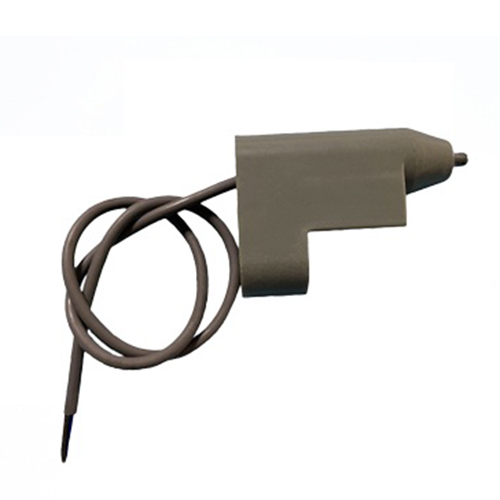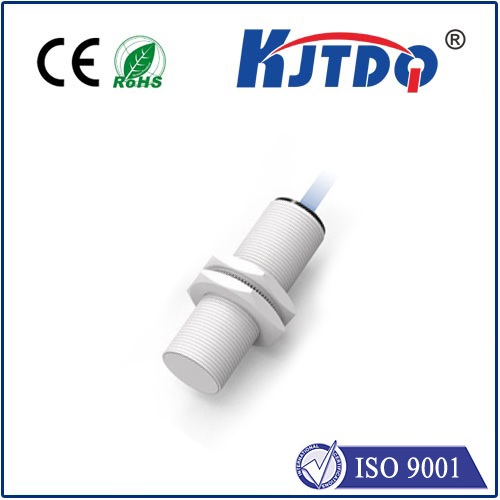Imagine a critical manufacturing line grinding to a halt. A medical device delivering an erroneous reading. An autonomous vehicle misinterpreting its surroundings. Often, the root cause isn’t a catastrophic system failure, but a simple sensor compromised by the harsh realities of its environment – dust, moisture, electrical noise, or physical shock. In an increasingly data-driven world, sensor failure is not an option. This is where the innovative concept of TripleShield Sensor technology emerges, designed not just to sense, but to endure.
Traditional sensors, while vital, are frequently the weakest link. Exposed to contaminants, vibration, electromagnetic interference (EMI), or extreme temperatures, their accuracy degrades or they fail outright. Downtime, costly recalibrations, and potential safety risks become inevitable consequences. A TripleShield Sensor represents a paradigm shift, embedding multiple, independent protective mechanisms directly into the sensor’s core design philosophy to create unprecedented levels of resilience and reliability.
Decoding the “Triple” in TripleShield
The essence of TripleShield lies in its multi-layered defense strategy, creating inherent robustness. This isn’t merely adding an external enclosure; it’s a fundamental integration of protective features:

Physical & Environmental Armor: The first shield is a sophisticated barrier against the tangible world. This encompasses advanced sealants and ruggedized materials designed to achieve high IP (Ingress Protection) ratings, effectively resisting dust, water, oils, and common corrosive agents. Robust mechanical construction further protects against shock, vibration, and physical impacts, ensuring the sensor’s delicate internals remain undisturbed even in demanding industrial settings or mobile applications.
Signal Integrity Fortification: The second shield operates in the electromagnetic realm. Sensors work by translating real-world phenomena into electrical signals, which are incredibly vulnerable to distortion. TripleShield employs advanced design techniques incorporating EMI/RFI (Radio Frequency Interference) shielding, optimized circuit layouts, and sophisticated filtering mechanisms. This ensures the sensor’s output signal remains clean, accurate, and immune to the pervasive electrical noise generated by motors, power lines, and other electronic devices nearby. Signal fidelity is paramount.
Intelligent Self-Diagnostics & Compensation: The third shield is the brain. It leverages integrated diagnostics algorithms that continuously monitor the sensor’s own health and performance. This layer can detect anomalies, partial drift, or potential failure modes early on. Crucially, advanced TripleShield implementations often include on-the-fly compensation techniques. If minor environmental shifts (like temperature changes known to affect specific sensor types) are detected, the sensor can automatically adjust its output to maintain accuracy, providing an extra layer of operational assurance without human intervention. It’s about foresight and adaptability.
The Power of Synergy: Why Three Shields Are Greater Than the Sum
The true genius of TripleShield technology isn’t just in having three defenses, but in how they work synergistically. Physical protection preserves the hardware, signal shielding ensures accurate data transmission, and intelligent diagnostics safeguard the information’s integrity while proactively managing wear or environmental drift. This holistic approach provides a level of predictable, long-term accuracy and dependability that single-layer protection simply cannot replicate. It dramatically lowers the Total Cost of Ownership (TCO) by:
Where TripleShield Sensors Make a Critical Difference
The applications demanding the robustness of TripleShield Sensors are vast and growing:
Embracing a New Standard in Sensing
The TripleShield Sensor represents more than just incremental improvement; it signifies a commitment to fundamental reliability. By integrating robust physical protection, sophisticated signal safeguarding, and intelligent self-monitoring into a unified design approach, this technology delivers unwavering performance where conventional sensors falter. It addresses the core challenge of modern sensing: ensuring data integrity in the face of inevitable environmental adversity. For engineers and system designers prioritizing operational continuity, safety, and data confidence, the TripleShield approach offers a compelling solution, transforming sensor technology from a potential liability into a cornerstone of resilient systems. It’s not just about sensing the world; it’s about enduring it.
